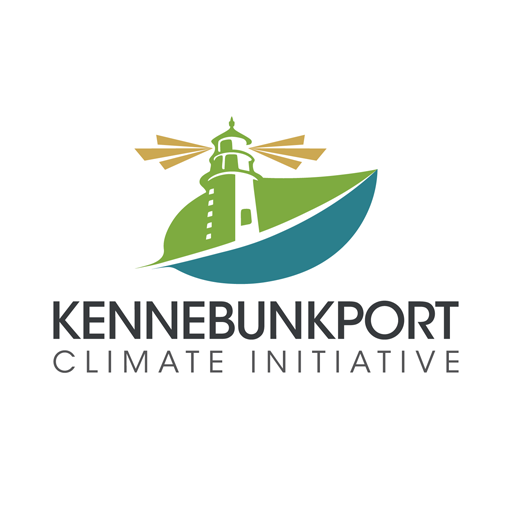Middle School | Daily Do
How can growing seaweed help mussels?
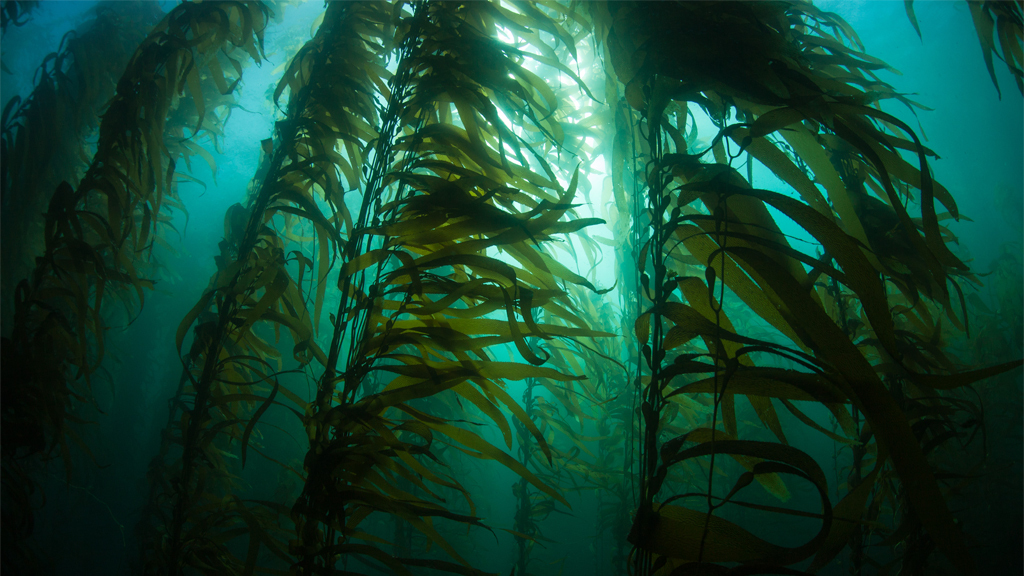
Chemistry Climate Change Disciplinary Core Ideas Engineering Is Lesson Plan Life Science NGSS Phenomena Science and Engineering Practices Three-Dimensional Learning Middle School Grades 6-8
Sensemaking Checklist




Introduction
In today's Daily Do, How can growing seaweed help mussels?, students engage in science and engineering practices and use cause and effect as a thinking tool to help solve the problem of marine animals having trouble growing shells because of ocean acidification. Students figure out that ocean acidification is a largely a result of human activity.
View the How can growing seaweed help mussels? NGSS table to see the elements of the three dimensions targeted in this lesson.
What phenomenon am I exploring today? (Introduce Phenomenon)
Begin by having students make and record observations about marine shells (clam, mussel, snail, etc.). This can be done by looking at pictures of shells but works best if students can observe different types of shells first hand. Have students share their observations with a partner. While students are still working in pairs, prompt them to think about and discuss how marine animals use their shells and how their shells are made.
Bring students back together and have them share their noticings and ideas about shells. Student will mostly likely begin by sharing the similarities and differences they noticed in the physical properties of the shells (shape, size, color, thickness, etc.). Students will also likely share that animals live in these shells and use them for protection. Some students may also talk about eating or being allergic to shellfish. Move the discussion forward by asking students to share their ideas about how shells are made. Answers will vary based on students' background knowledge and prior experiences.
Next, share with students that scientists are noticing a problem with the shells of animals living in the world's oceans. Tell them you are going to play a film clip and as they are watching you want them to try to identify the problem occurring in the Gulf of Maine and to record any information they think might be needed to design a solution to that problem. Play Our Beautiful Planet The Superpowers of Seaweed from 1:18 to 4:19.
Assign students to small groups and ask them to define the problem presented in the film and record their thinking on a whiteboard or poster paper. Then bring the class back together and have each group share the problem they identified including any criteria and/or constraints they determined from the information provided in the film. After each group has shared, work together as a class to come to agreement on the problem to be solved. The class will likely come to consensus on the following (or very similar) problem:
Some ocean animals are having trouble growing shells because of ocean acidification.
Next, have students work in their small groups to develop a model to explain how ocean acidification affects the growth of shells. You may want to play the film clip a second time. Encourage students to use words, pictures, and symbols to represent their ideas about the components and the interactions between the components in their model.
Additional Guidance: It is not necessary for student to have a robust understanding of the effects of ocean acidification on marine life. At this point, you can use the students' models to formatively assess student background knowledge. Students will have opportunities to revise their models after building ideas about cause-and-effect relationships within this ecosystem.
Developing Common Questions
Next, give each group two minutes to present their model to the class. As each group shares their model, task the groups that are listening to note similarities and differences between the model being shared and their own. Provide time for the listening groups to provide feedback to the presenting group. Feedback may include one thing they like about the model (for example, a component or interaction that was included or the way in which a component or interaction is represented) and questions about the model. After all of the groups have shared, work together as a class to develop investigative questions. You might begin by asking students to identify areas of disagreement between the groups' models. You might also ask, "What questions do we have about how ocean acidification affects the growth of shells?" or "What other information do we need to know to create a solution to this problem?"
Student questions may include:
- How can what's in the air affect what happens under water?
- How does carbon dioxide get into the water?
- Can you take carbon dioxide out of the water?
- How do shellfish make their shells?
- How can animals turn ocean water into shell?
Additional Guidance: Depending on prior learning, the answers to some of the questions students ask may or may not be accessible to them. For example, middle school students may have very limited experience with chemical reactions so would not have the background knowledge necessary to explain how shellfish use substances dissolved in ocean water to create their shells. However, high school students completing this lesson in a chemistry class should be prompted to investigate the kinds of chemical reactions needed for shell production.
Narrowing the Problem
Tell students we need to figure out which question to focus on to help us solve the problem we defined earlier in the lesson:
Some ocean animals are having trouble growing shells because of ocean acidification.
Share with students, "To develop a solution to a problem, we need to know what the goal is or what the final outcome should be. What do you think the goal of the solution to our problem should be?" Have students share what they think the goal is and focus on the goal of animals growing hard shells. As students share ideas, use prompts such as,
- Does anyone else agree with this goal or have a similar idea?
- Can you tell me more about why you think this should be the goal?
- How would that outcome help the shellfish or the mussel farmer?
Come to an agreement that the goal is to "fix" or treat the water so animals can grow and maintain thicker, less brittle shells. Now that students have a goal, prompt them to think about the relationship between growing and maintaining shells and ocean acidification. Ask students, "What needs to change so the animals can grow thicker, less brittle shells?" Students should conclude that the water needs to be less acidic so the shells can grow.
Tell students you would like them to represent this new idea in their model. Have student add their ideas about the interactions between the different components in the water and how they might affect shell development and maintenance. Give student groups a few minutes to add to or change their models. Students will represent this interaction in various ways but all representations should be similar in that they communicate the following pattern: When carbon dioxide moves from the air to the water the ocean becomes more acidic and the shells animals make get thinner and more brittle.
Additional Guidance: Middle school students can use general descriptions like more acidic and less acidic as the chemical reactions taking place in the water is out of scope for this grade band. Students in the middle school grade band (6-8) need opportunities to look for and identify patterns that they can use to begin to explain phenomena; high school students (9-12 grade band) work to develop science ideas necessary to explain the unseen mechanisms which cause the observable patterns. If you are working with high school chemistry students, encourage them to apply appropriate science ideas including acids, bases, and pH, and use chemical symbols to represent the different elements and compounds they think are interacting in ocean water. You could also extend this (high school) learning by digging into the specific chemical reactions taking place in the water which can be used to explain both shell development and ocean acidification.
Taking Stock...What do we know?
Now that students have established a goal, they need to figure out what they know and what they still need to figure out. In small groups, have students make a list of information they think is important for them to consider in reaching the goal. Information may come from the film clip, class models, and ideas shared in discussion. Invite each group to share one piece of information at a time and record their shares in a public space. Information should include:
- The water is getting more acidic because of carbon dioxide.
- Carbon dioxide in the air (from factories, cars, etc.) gets into the water.
- Shells can't grow well because of the change in the water.
- Ocean acidification affects many things not just mussels
Next, ask students to brainstorm ideas of how to keep the ocean from becoming more acidic. Students will say that they need to keep carbon dioxide out of the ocean and that they need to stop putting so much carbon dioxide in the air. Acknowledge that these ideas would keep the ocean from becoming more acidic, but could take a very long time to implement. Ask them if there are other ways to reduce the amount of carbon dioxide in ocean water. To draw out prior learning, ask students to think about what know about the cycling of matter. Also, prompt students to think about organisms that use carbon dioxide to survive and have them continue to brainstorm ideas, this time in small groups.
NOTE: In the Next Generation Science Standards, matter cycling is identified as a Grade 5 (disciplinary core) science idea. Students also come to understand that plants obtain matter chiefly from air and water. Although carbon dioxide is not explicitly called out as a gas used by plants, many students will have been exposed to the idea that plants use carbon dioxide and release oxygen.
Bring students back together to share their ideas. Students' ideas will likely center around plants. They may suggest planting trees, flowers, and other plants around or in the water. Others might even suggest building a "plant island" out in the ocean to keep the carbon dioxide from getting in the water.
Additional Guidance: Students will often say that shellfish can't grow shells or state that the shellfish won't grow shells if the ocean is too acidic. When students use statements like the examples here, prompt them to think about the terms 'won't and can't'. Ask students what evidence they have to support their statements or if they need to revise their statements to make them scientifically accurate. You can also refer them to the problem we are trying to solve, some ocean animals are having trouble growing shells because of ocean acidification.
Designing a Solution
Acknowledge that planting trees, flowers, and plants in the ground along the coast of the ocean will help remove carbon dioxide from the air. Have students revisit their model to add this idea. Remind students to represent the interaction between carbon dioxide in the atmosphere and plants using words, symbols and pictures. Consider pairing groups together and having them share what they added to or changed on their models and why.
Additional Guidance: As students are revising their models, walk around the room and use this as an opportunity to formatively assess students' prior learning. Look for them to include carbon dioxide going into the plant (input) and oxygen being released (output) and representing carbon as staying behind/becoming part of the plant.
Now that students have surfaced these big science ideas around matter cycling and where plants obtain matter, ask them to use this idea to design a solution that could help solve the problem of decreasing ocean acidity. Student groups will most likely come up with a plan to grow plants in the water because the plants use/need the carbon dioxide and release the oxygen (which fish and other organisms need).
Have students share their design solutions with the class and allow students to ask clarifying questions. After students share their design solutions, play the entire Our Beautiful Planet The Superpowers of Seaweed film for the students.
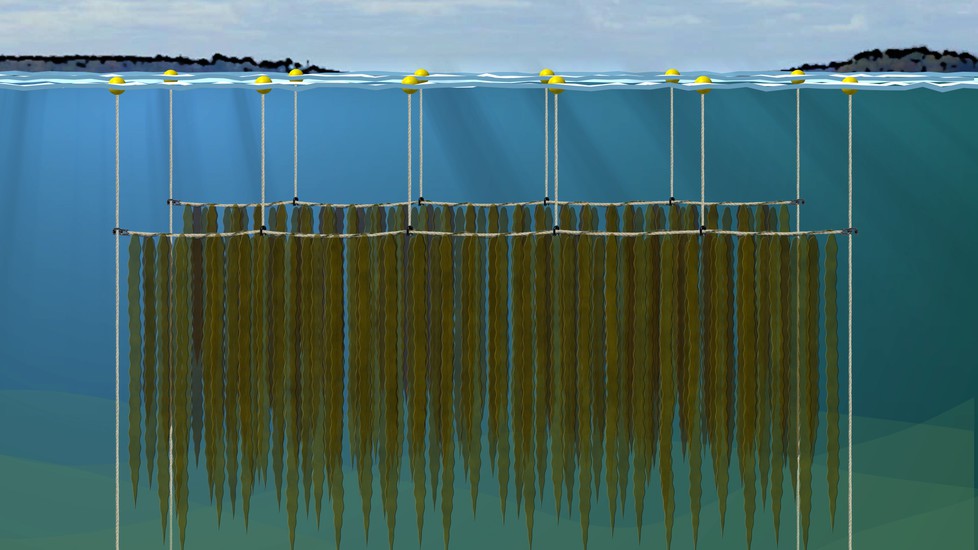
What did we figure out? (Making Sense)
After students watch the The Superpowers of Seaweed film, have a class discussion about the information they gathered from the remainder of the film. Ask students if the information from the film supported or refuted their design solution.
Have students create a new model to explain how their design solution solves the problem identified at the beginning of the lesson:
Some ocean animals are having trouble growing shells because of ocean acidification.
Remind students to use words, pictures and symbols to explain how their solution can reduce the amount of carbon dioxide (make the water less acidic) and improve shell growth. Next have students work in small groups to identify the different cause-and-effect relationships they considered throughout their learning.
NOTE: These are not if/then statements. Students should use their models, information from The Superpowers of Seaweed film, and ideas shared in class discussion to begin to explain the cause-and-effect relationships in their own words. Common student statements include:
- Mussels that grew in more acidic water had shells that broke more easily.
- Plants take CO2 out of the air and out of the water so there was less carbon dioxide
- The water was less acidic when the kelp was growing near mussels in the farm.
- The mussel shells grown near kelp were thicker because the kelp took carbon dioxide out of the water.
Additional Guidance: Middle school students are likely to believe kelp, the seaweed featured in the film, are plants. Kelp are algae, as are many kinds of seaweed. Use this opportunity to introduce students to the idea that other organisms besides plants carry out photosynthesis and algae are one example. Students in middle school will likely understand plants (and kelp) use carbon dioxide in the process of photosynthesis. They will very probably assume the decrease in carbon dioxide levels in ocean water near the kelp farms means carbon dioxide in the atmosphere also went down (see example student response above) because of their experience with land plants removing carbon dioxide from the atmosphere. If students makes this comparison, consider asking them to clarify their statement as a claim or prediction and ask them to provide evidence to support their idea.
Next Steps and Extension Activities
Through this design project, students figure out that aquatic and terrestrial systems work in similar ways. Ask them if they can think of any other ways we can use what we know about processes that happen on the land to help solve problems that occur in the ocean or other bodies of water. This could lead to discussions about our use natural resources and about pollution.
To continue learning about this topic, visit the Our Beautiful Planet page on the NSTA website.
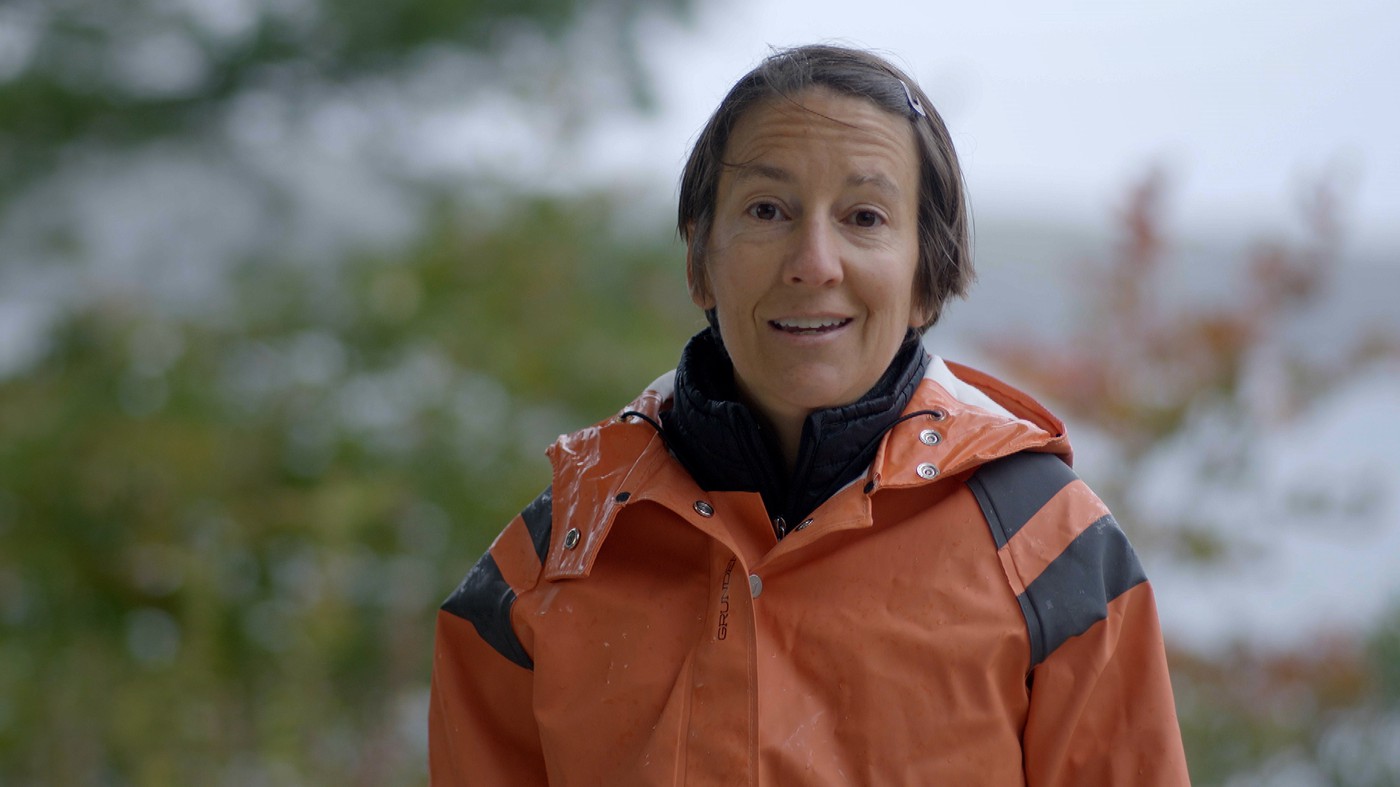
Meet Susie Arnold
As the Marine Scientist at the Island Institute, Susie works on the impacts of climate change and ocean acidification on Maine's marine resources and fisheries-dependent communities.
Through her work, Susie is helping coastal communities better understand the implications of ocean climate change so they can make informed decisions about adaptation. She is also conducting applied research to understand the environmental benefits of kelp farming, including its ability to remediate ocean acidification. With recent appointments to the legislatively established Ocean Acidification Commission as well as the Maine Climate Council's Scientific and Technical Subcommittee and liaison to the Coastal and Marine Working Group, Susie has emerged as a leader at the interface of science and policy in Maine. Prior to joining the Island Institute, Susie earned masters degrees in Marine Biology and Marine Policy and a doctoral degree in Marine Biology from the University of Maine. Her research focused on coral reef ecology and the importance of protecting certain fish species for the well-being of the entire ecosystem, including those who make a living from the ocean.
The Superpowers of Seaweed - Susie Arnold 01
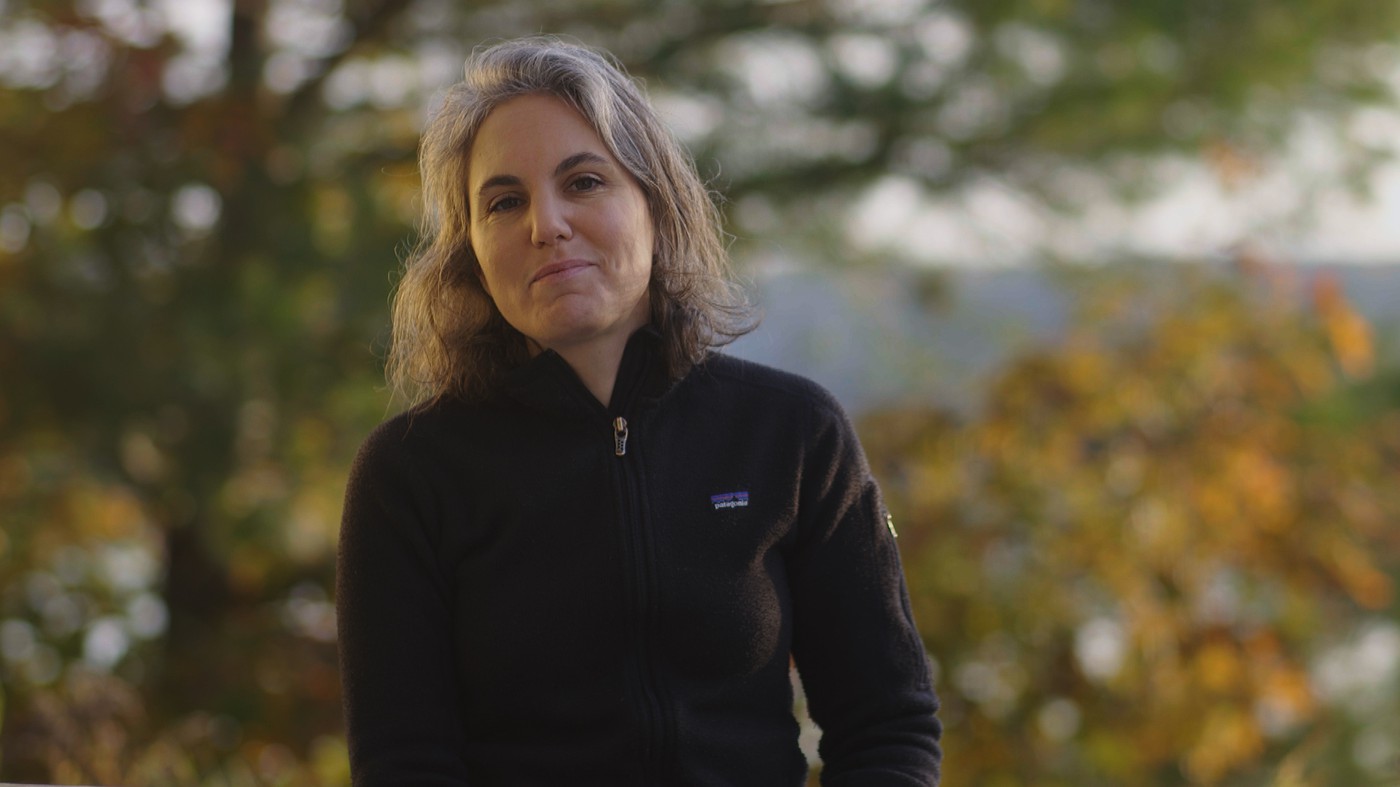
Meet Nichole Price
Nichole Price is a Senior Research Scientist and Benthic Marine Ecologist at the Bigelow Laboratory for Ocean Sciences. She studies how global change phenomena, like ocean acidification and warming, can alter bottom-dwelling species interactions, community dynamics, and ecosystem function in shallow coastal regimes. Her work focuses primarily on the eco-physiology of seaweeds and their current and future role in dissolved inorganic carbon cycling. She is interested in understanding how the balance of primary production/respiration and calcification/dissolution create natural diel variation in carbonate chemistry and perpetuate biological feedbacks. She has focused on these topics primarily on tropical coral reefs, but has also recently expanded her work to include temperate systems. Dr. Price's research utilizes state-of-the-art analytical tools including novel autonomous instrument packages and custom experimental aquaria and extrapolate results to regional and global scales using statistical modeling.
The Superpowers of Seaweed - Nichole Price 03
About the Our Beautiful Planet Film Series
This lesson is based on information provided in Our Beautiful Planet The Future of Shellfish. Our Beautiful Planet is a fascinating new series highlighting the work that climate scientists around the country are doing to solve some of the world’s most pressing issues. These dedicated scientists are seeking to better understand and plan for the realities of our changing climate. Using cutting edge technology and innovative problem solving, their answers are sometimes found in rather surprising and unexpected places. Our series brings the viewer along for the ride to some of the most important field work being done today, taking the science out of the classroom and into the world. These compelling stories will not only teach our viewers crucial scientific principles, but will also inspire them to use science to examine the issues their own communities face in this changing world and climate. Through these films, we hope scientists and citizens alike can come together to safeguard our environment and to protect our beautiful planet. Productions by Kikim Media. Support provided by Kennebunkport Climate Initiative.

